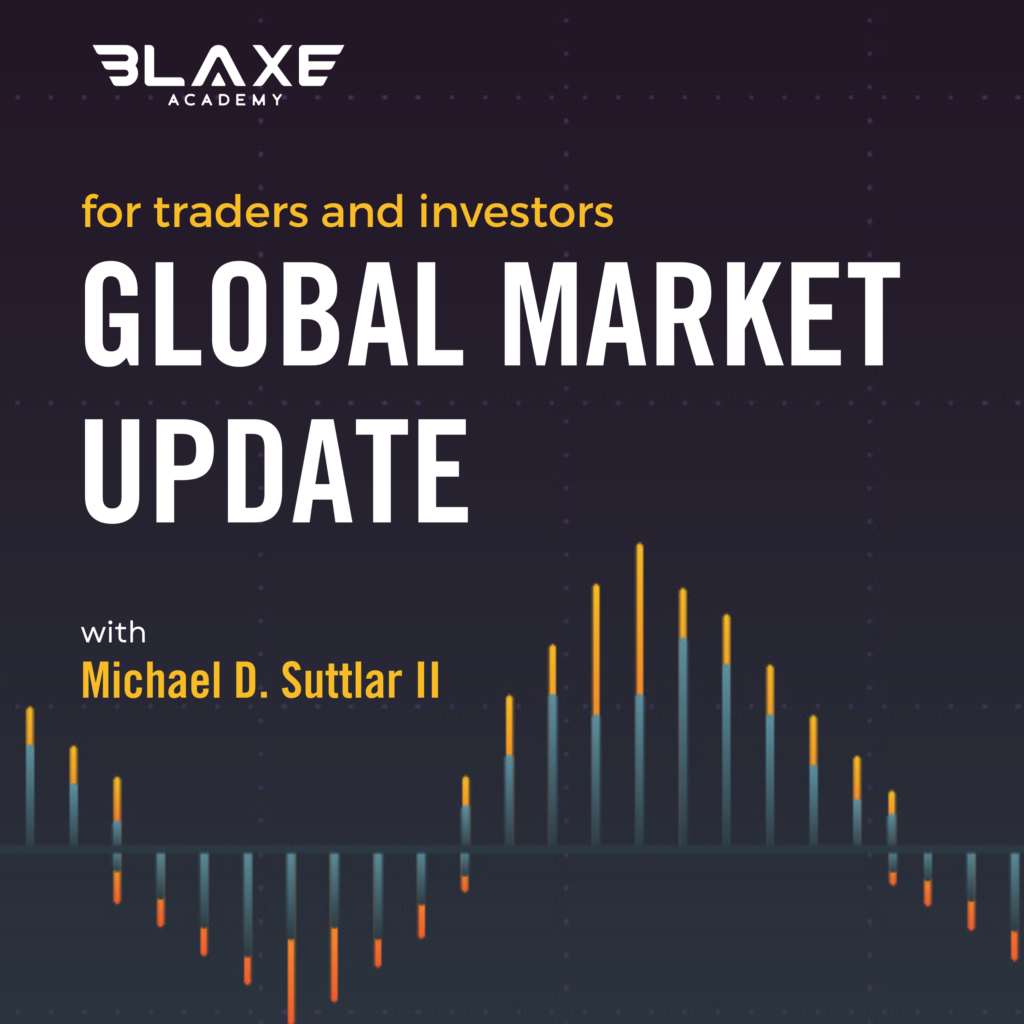Because man is subject to rhythmical procedure, calculations having to do with his activities can be projected far into the future with a justification and certainty heretofore unattainable."
Ralph Nelson Elliott, The Wave Principle
In other words, human behavior form patterns overtime, which can help you anticipate the future.
Developed by Ralph Nelson Elliott, Elliott wave theory proposes that financial market prices unfold in very specific patterns, which practitioners today call Elliott waves, or simply waves.
Elliott Wave Theory posits that collective investor psychology, or crowd psychology, moves between optimism and pessimism in natural, non-random sequences. These mood swings in investor behavior manifest in price patterns of financial markets at every degree of trend or time scale.
In Elliott’s model, market prices alternate between an impulsive, or motive phase, and a corrective phase on all time scales of trend, as the illustration shows.
Impulses are always subdivided into a set of 5 lower-degree waves, alternating again between motive and corrective character, so that waves 1, 3, and 5 are impulses, and waves 2 and 4 are smaller retraces of waves 1 and 3.
Corrective waves subdivide into 3 smaller-degree waves starting with either a three- or five-wave counter-trend impulse, a retrace, or another impulse. In a bear market the dominant trend is downward, so the pattern is reversed—five waves down and three up. Motive (impulsive) waves always move with the trend, while corrective waves move against it.
Robin Wilkin, Ex-Global Head of FX and Commodity Technical Strategy at JPMorgan Chase, says
“the Elliott Wave principle … provides a probability framework as to when to enter a particular market and where to get out, whether for a profit or a loss.”
Blaxe Academy considers Elliott Wave Theory a foundational tool in the practice of trading in all financial markets. Along with Fibonacci analysis and candlestick patterns, we use the Wave Theory to discern market structure to further determine price direction at a number of time frames.
It is seemingly subjective, but through the 15+ years of professional trading experience of founder, Michael D. Suttlar, it has been the most significant way to look at structure in the market, adore the logic, and find ways to plan, strategize, and set up trades that make profit and to protect from loss.
In our Trading Fundamentals course, see hands on examples of how Elliott Wave Theory helps you be a more informed trader, and hopefully you can use it on your own to create trades and strategies.
Learn Elliott Wave Theory
In our Trading Fundamentals course, see hands on examples of how Elliott Wave Theory helps you be a more informed trader, and hopefully you can use it on your own to create trades and strategies.


